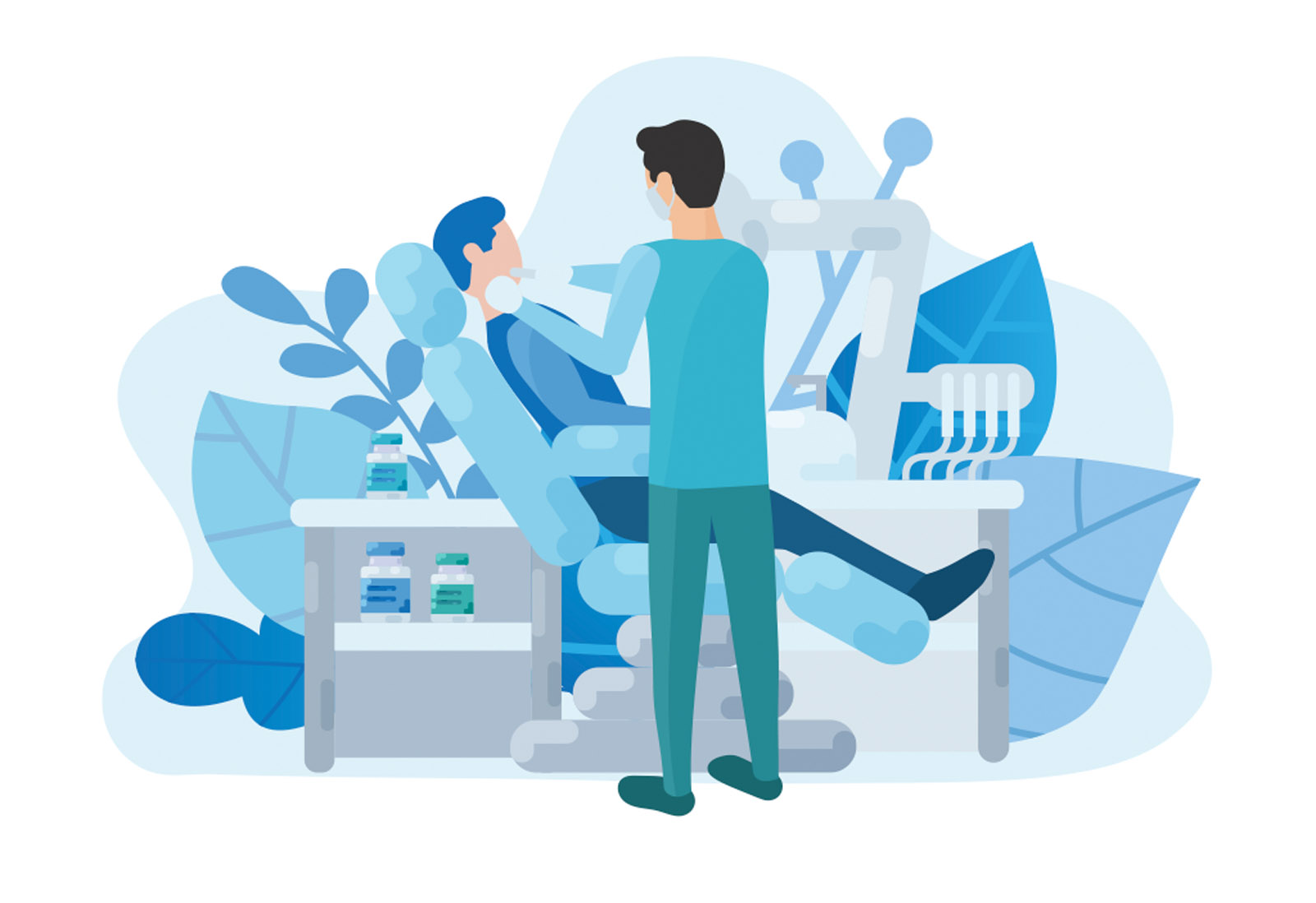Just because the door can open, doesn’t mean you have to walk through
Every dentist has experienced that elated feeling of pushing at an open door. It often comes after a period where it feels as if every patient has rejected, declined, or even demeaned your suggested treatment plans. You have come to feel as if every patient you see has been inoculated to say: “If it ain’t broke, don’t fix it, doc”.
Your self-esteem is wobbling, and you start to doubt the wisdom of learning all those advanced techniques, taught on expensive courses, which you justified as an investment that would repay itself many times over.
Then one day a new patient asks before you start your examination if you could do something about the position of their teeth; and their colour; and the size; and their shape.
“Yes!”, you think – as the door inches opens in front of you. “Of course, no problem,” you respond, and reach for the camera. Eighteen months later, as you are struggling to complete the “short-term” orthodontics, having already whitened the teeth beyond B1, the patient asks when are you going to make a start on changing the shape and colour of the teeth? Then, the killer punch; will everything be finished for their wedding, next month.
You make a mental calculation of surgery time plus laboratory fees and realise that any profit has gone, and your pre-treatment assessment could have been better.
Dental caries, we are told, is a disease that is on the wane. The 80/20 rule, first described by Pareto applies, 80% of the disease occurs in 20% of the people and social status reflects incidence. Prevention works. Periodontal disease is widespread but treatable and is hardly going to employ a dentist full time.
It appears as if the future for dentistry is as part of the health and beauty industry where procedures will be largely elective. Certainly, the trilogy of drill/fill/bill, recall and do it again has changed over the past 30 years. Of course, there are still areas of deprivation with high needs, but they are the exception rather than the rule.
What is a dentist to do? You have built your practice on a cornerstone of prevention and health. The ear-to-ear restorations of the past are being superseded as members of the still dentate, baby boomers/heavy metal generation are moving towards the end of their lives – albeit bringing different challenges as their large restorations start to fail.
In the absence, or reduction, of disease dentists still have great skills, which can be used in different ways. The change in mindset from reactive to proactive prescribing can be something of a quantum leap, after several generations of “check-up, prescribe, accept, treat”.
“Before embarking on large treatments non-clinical assessments, as well as clinical, need to be exemplary”
The new way of health and beauty brings great opportunities but also significant risks. For every individual adult who has slipped through the net as a teenager and been left with crooked teeth which look unappealing, are difficult to clean, and don’t function well, there are those who will pay for treatment they believe to be a psychological magic wand. What we know is that you can’t get on a BDS course at Hogwarts and there are no dental magic wands. Before embarking on large treatments non-clinical assessments, as well as clinical, need to be exemplary. Much is written about educating patients and increasing their “dental IQ” and this is desirable and necessary when helping patients to change attitudes to focus on health and self-care.
However, the improvement in awareness can also bring dental consumerism – with greater expectations leading to a rise in potential complaints, which take time and skills to manage. The old rules still apply but must be adapted and improved for different times.
- Know yourself, know your patient, and get the best for both
- Under-promise and over-deliver
- Never want to deliver the treatment more than the patient wants to receive it – and be prepared to say no
- Be clear about your limits and be prepared to refer early rather than late
- Beware of deadlines that are imposed by the patient. Only bleeders come first-elective means delivering at the chosen time, the right time for success
- Body dysmorphia is real, and on the rise especially in the young; fuelled by social media and its use of images
- Know that just because the door can open, does not mean that you have to walk through it.
Alun K Rees BDS is The Dental Business Coach. An experienced dental practice owner who changed career, he now works as a coach, consultant, trouble-shooter, analyst, speaker, writer and broadcaster. He brings the wisdom gained from his and others’ successes to help his clients achieve the rewards their work and dedication deserve.
www.thedentalbusinesscoach.com


Comments are closed here.